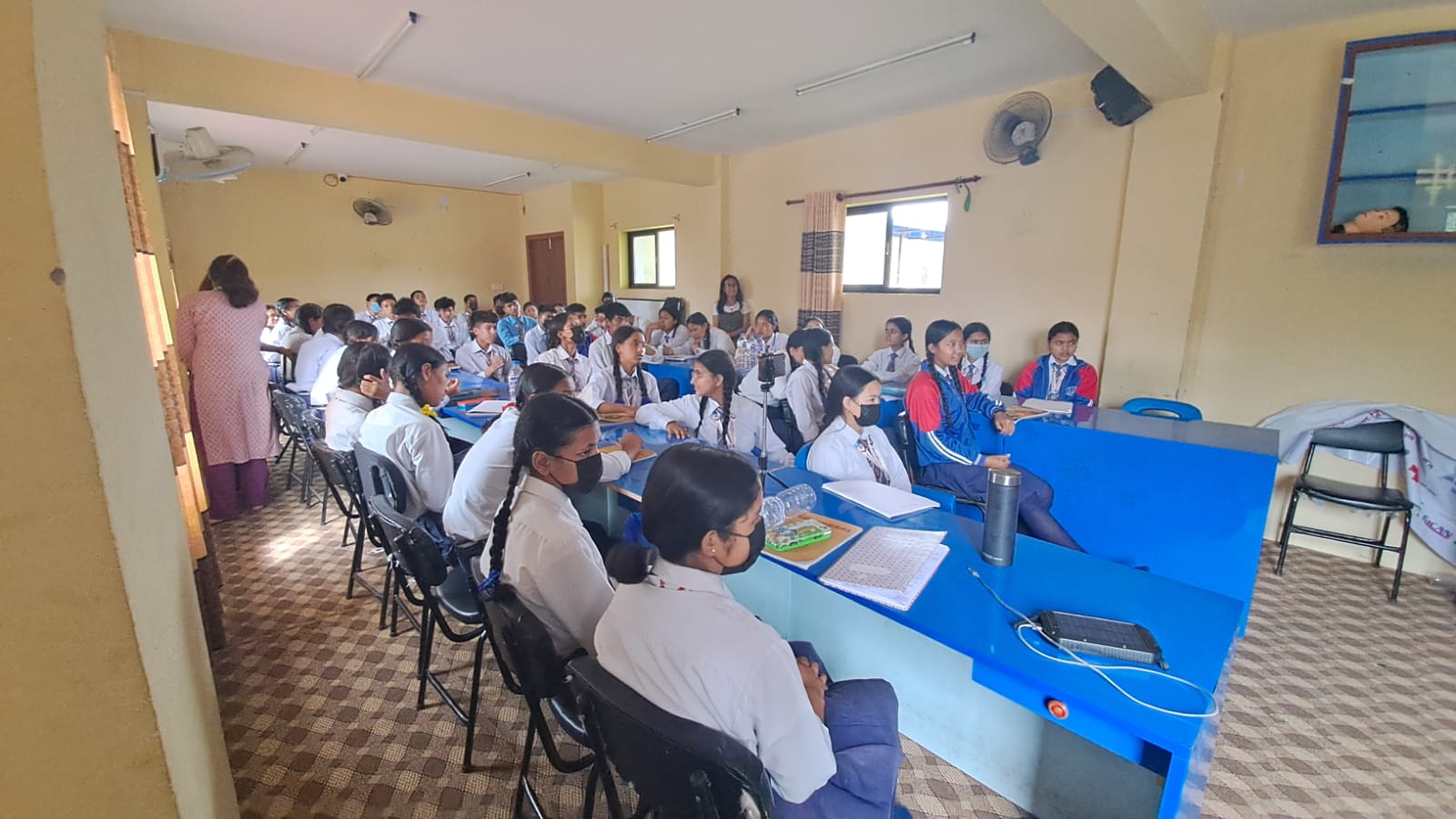
The Rising Crisis in Child Mental Health: Global Trends, Causes, and Solutions
Child mental health has become a pressing global concern, with increasing rates of anxiety, depression, and behavioral disorders among children and adolescents. According to the World Health Organization (WHO), 10-20% of children worldwide experience mental health conditions, yet most go undiagnosed and untreated.
In this blog post, we’ll explore the latest global trends in child mental health, key contributing factors, warning signs, and actionable solutions for parents, educators, and policymakers.
Global Trends in Child Mental Health (2024-2025)
Recent studies highlight alarming trends in child mental well-being:
Post-Pandemic Impact – The COVID-19 pandemic exacerbated mental health issues, with UNICEF reporting a 30% increase in anxiety and depression among children.
Social Media Influence – Excessive screen time and cyberbullying contribute to low self-esteem and emotional distress.
Academic Pressure – High-stakes testing and performance expectations lead to chronic stress in students.
Economic Instability – Financial hardships in families increase emotional insecurity in children.
Lack of Access to Care – Over 70% of children with mental health conditions in low-income countries receive no treatment (WHO).
Key Causes of Child Mental Health Issues
Understanding the root causes helps in prevention and early intervention:
Genetic & Biological Factors – Family history of mental illness, neurological conditions.
Environmental Stressors – Trauma, abuse, neglect, or unstable home environments.
Digital Overload – Excessive social media use leading to sleep deprivation and anxiety.
Bullying & Peer Pressure – Both offline and online (cyberbullying).
Nutrition & Lifestyle – Poor diet, lack of physical activity, and insufficient sleep.
Warning Signs Every Parent Should Know
Early detection can save a child from long-term struggles. Look for:
Behavioral Changes – Sudden aggression, withdrawal, or extreme mood swings.
Academic Decline – Drop in grades, lack of concentration.
Physical Symptoms – Frequent headaches, stomachaches without medical cause.
Sleep & Appetite Disturbances – Insomnia or excessive sleeping.
Expressions of Hopelessness – Phrases like “I wish I wasn’t here” should never be ignored.
How to Support a Child’s Mental Health: Actionable Steps
1. Open Communication
Encourage children to express feelings without judgment.
Use phrases like “I’m here for you” instead of “Just get over it.”
2. Limit Screen Time & Promote Offline Activities
Set boundaries on social media and gaming.
Encourage outdoor play, sports, and creative hobbies.
3. Foster a Positive School Environment
Advocate for mental health education in schools.
Support anti-bullying policies and peer support groups.
4. Seek Professional Help When Needed
Therapists, counselors, and child psychologists can provide crucial support.
Cognitive Behavioral Therapy (CBT) and mindfulness techniques are highly effective.
5. Lead by Example
Model healthy coping mechanisms (exercise, meditation, balanced work-life habits).
Avoid stigmatizing mental health discussions at home.
The Role of Policy & Global Initiatives
Governments and organizations must prioritize child mental health by:
Increasing funding for mental health programs in schools.
Training teachers to recognize early signs of distress.
Expanding telehealth services for remote counseling access.
The WHO’s “Helping Adolescents Thrive” initiative and UNICEF’s mental health campaigns are steps in the right direction—but more action is needed.
Conclusion: A Call to Action
Child mental health is not just a personal issue—it’s a global crisis requiring urgent attention. By staying informed, reducing stigma, and advocating for better resources, we can create a safer, healthier future for our children.
What steps will you take today to support a child’s mental well-being?